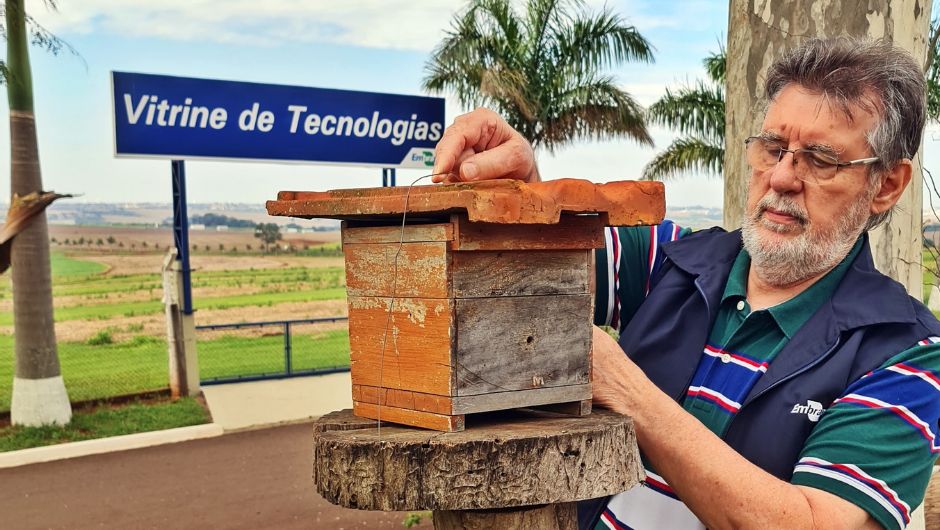Emater expands wheat areas to hot regions of Minas Gerais
Emater-MG and Epamig create wheat demonstration units in several regions of Minas, including the North and Vale do Jequitinhonha

Agricultural engineer Décio Gazzoni, founding member of the Brazilian Soy Strategic Committee (Cesb) and researcher at Embrapa, recently conducted a study that showed that productivity in soybean crops can increase by up to 12,9%, on average, with the correct integration of bees with this oilseed. According to Gazzoni, soybeans are a partially self-pollinating plant, which means that most of the pollination is done with the flower still closed.
“But, for about six hours after the flower opens, pollination can occur through floral visitors, such as bees", he explains. The researcher points out that soybeans can produce grains and seeds without the help of pollinators, but it is in their presence there can be a significant increase in the productivity of this crop.
In the present study, the increase in productivity was 639 kg/ha. With soybeans priced at R$ 125,00/bag, the researcher points out, 639 kg of increase in productivity represents a gain of R$ 1.330,00 per hectare, “without spending a real extra on seeds, fertilizers, pesticides, machinery or other cost. In other words, it is net income for the producer", he highlights.
The professor highlights that, in this context, the beekeeper also benefits, as soybeans provide a large quantity of high-quality nectar. According to the study developed by Gazzoni, soybean flowering occurs in a period when there are few flowering plants, so beekeepers do not need to provide supplementary food for bees and can reduce their costs.
“The average honey production in Brazil is 19 kg/hive/year. But beekeepers who place their apiaries close to soybeans get up to 50 kg/hive during the soybean harvest alone. And soy honey is aromatic, smooth, with a pleasant flavor and does not crystallize, even at low temperatures. This attracts both the consumer and the industry, which guarantees market liquidity and good prices", he adds.
Another important point is that the environment also benefits. The researcher points out that by increasing productivity by 15%, it is possible to obtain the same production with 15% less area, reducing the pressure for expansion. “Technologies that cause such an intense reduction are rare,” he says.
Gazzoni also warns: it is essential that farmers and beekeepers strictly follow good practices. In the case of the farmer, phytosanitary measures are the most important in this regard, avoiding insecticide applications during flowering, strictly following application technology and using integrated pest management techniques.
While beekeepers must follow best practices to ensure hives are strong and active.

Receive the latest agriculture news by email